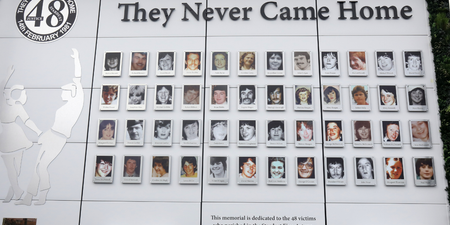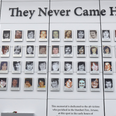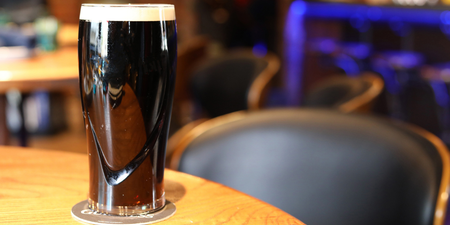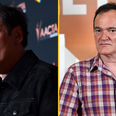In the last few weeks, the topic of bisexuality has become a big talking point again.
The more things change, the more things stay the same.
We can look around and say things are getting better for folk in the LGBTQ+ community, but all it takes is for something to rock the boat even a little bit, and true colours start to show.
Off the back of his appearance on Love Island, and during an interview on ITV’s Lorraine, Curtis Pritchard (perhaps forever known as the other-half of Maura Higgins) refused to rule out that he might ever be in a relationship with a man.
“I can never ever say what will happen in the future. I wouldn’t rule anything out.”
That seems pretty woke, but far from an open admission of bisexuality, which is exactly what every think piece referred to it as, including a reactionary piece in The Guardian which used Pritchard’s open-mindedness as the jumping off point for modern bi-erasure.
While obviously coming from a good place, there is something double-edged about Pritchard’s own statement about not wanting to put a label on anything, and then people labeling that as his fear to admit he is bisexual.
Bi-erasure is something that absolutely exists, with even the most open-minded of “allies” having difficulty seeing bisexuality as anything more than a way-station between gay and straight. If you’re bisexual and with someone of the same sex, then you’re seen as gay. Bisexual with someone of the opposite sex, you’re perceived as straight.
It is an issue bisexual people have had to deal with their entire lives, constantly coming out over and over again, which is probably why as few as 12% of bisexual men have openly come out, according to a study in the U.S.
More recently still, Miley Cyrus has broken up with her longterm partner Liam Hemsworth, and has since been photographed kissing another woman. Straight people have reacted with old-school dismissives about bisexual people, claiming they are not to be trusted, and are just greedy, wanting to have sex with everyone. Gay people have reacted by saying they’re so happy to see Miley is “back” to being gay.
The truth of the matter is that Miley Cyrus came out as pansexual over a decade ago, but being in a long term relationship with a heterosexual man has wiped that fact from people’s memories, so to see her with another woman must mean she was secretly gay all along.
Pansexuality is the sexual, romantic or emotional attraction towards people regardless of their sex or gender identity, as opposed to bisexuality, which is essentially restricted to an attraction towards the binary male and female.
Even that doesn’t cover the full breadth of the Bi+ orientation, which also includes ambisexual and non-monosexual, but again, it isn’t these labels that appear to be the problem.
Curtis and Miley not remaining under the sexuality label that the public has assigned to them is the problem, and being anything outside of the accepted norm remains an issue.
Bisexuality or pansexuality in women is still generally more accepted than in men (almost two-thirds of women said they would not date a man who admitted to previously having sex with men), but as is evidenced by the reaction to Miley’s, there is still a long way to go.
Not that the sex lives of the rich and famous are going to get any less interesting to us any time soon. But when even the most famous representatives of the sexuality spectrum have a hard time getting proper recognition for who and what they really are, what chance does a mere mortal who doesn’t adhere to straight or gay labels have?
LISTEN: You Must Be Jokin’ with Aideen McQueen – Faith healers, Coolock craic and Gigging as Gaeilge





















































